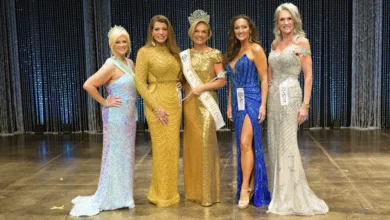
A cemetery is a place where life and death coexist. While it is the final resting place for loved ones, it is also a place for vibrant beauty in the form of planted flowers, trees, and freshly cut grass.
But the idea of what constitutes “life” in a cemetery is evolving.
What is rewilding?
Instead of spending money and burning gasoline to maintain pristine landscaping around tombstones and markers, rewilding allows native low sedges and grasses to grow a bit longer. Practitioners also pull invasive plants, introduce native flora, and rethink pesticide use and irrigation.
The result is a new haven for native plants and wildlife and a way to mitigate climate change. A rewilded cemetery benefits the surrounding area because it mitigates the urban heat island effect, which is caused in part by paved surfaces such as parking lots and roads.
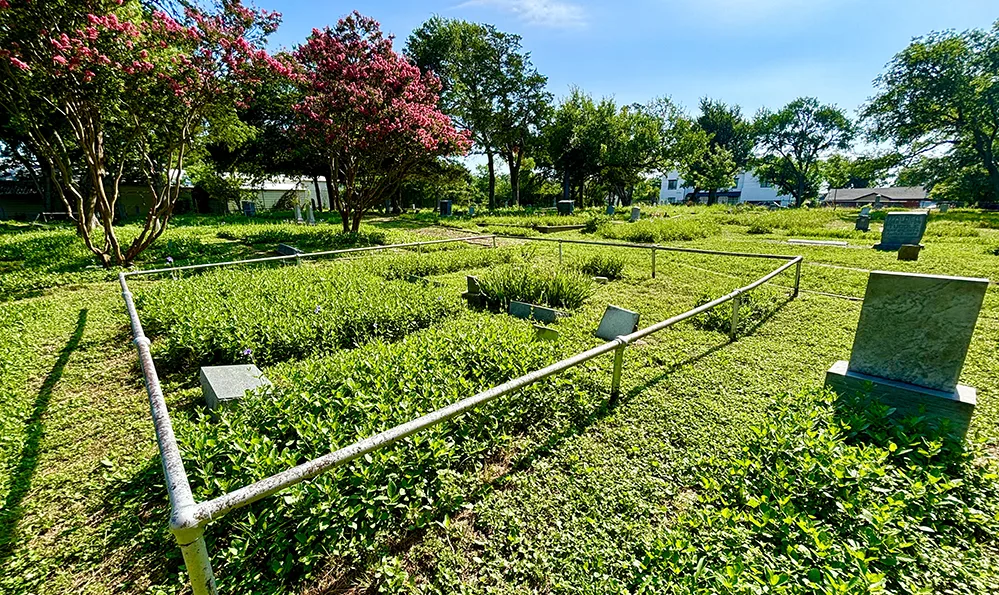
Rewilding is a growing trend
According to The New York Times, this ecological movement is gaining traction along the East Coast and in North Texas, thanks to the efforts of the Constellation of Living Memorials.
The effort in Dallas began in 2017 when Julie Fineman moved into a new home adjacent to the neglected historic Warren Ferris cemetery. It had been overrun with privet, an invasive plant. She and other cemetery neighbors worked months to remove it and formed a 501c (3) — Friends of the Warren Ferris Cemetery — as part of the restoration.
In time, it became a habitat for native plants and wildlife.
“And because those natives [plants] had not seen the light of day for decades, you could feel the shift in the cemetery, birthing renewed life within this sacred ground,” Fineman explained. “This symbiotic relationship between native plants and wildlife has evolved over millennia.”
She added, “Re-establishing biodiversity is witnessing the infinite intelligence at work.”
The group has since expanded the scope of their efforts, and they have used their work at Warren Ferris to develop a blueprint for other historic Dallas cemeteries that need attention. The goal of that blueprint is to reimagine mixed-use spaces into something that embraces a tapestry of cultural and natural history.
“We want to be of service to all cemeteries across America who are interested in going down this path because it’s sustainable,” Fineman said.
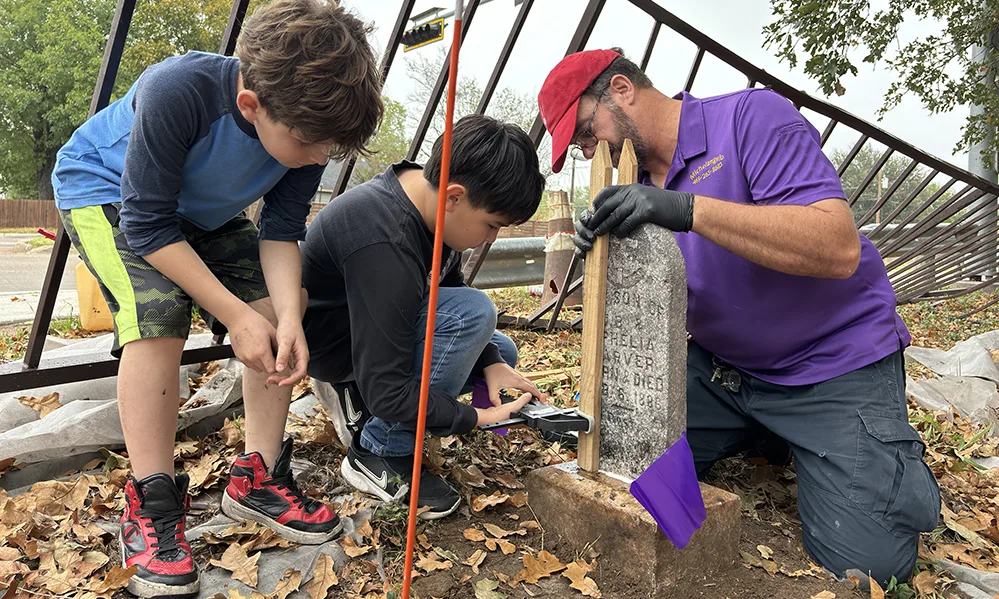
Five cemeteries are the focus of the effort’s two-year pilot program: Western Heights, Beeman, Oakland, W.W. Glover, and Albert Carver. Four more have joined since the pilot program began: Oak Cliff, Sachse, McCree, and Walker Edwards.
The work covers a broad spectrum: building new fences, seeding and planting native vegetation to support wildlife, putting up educational signs about plants and wildlife, repairing headstones, and even mapping those stones using a database and GPS.
They’re also keeping tabs on the reemergence of native plants and pollinators as part of a partnership with the Texas A&M AgriLife Extension program. Data at the sites is collected three times a year.
The effort is getting outside attention. Volunteers in the San Antonio area are consulting with the group about rewilding a local cemetery. There is plenty more work to do in Texas: According to the group, over a third of the Lone Star State’s 15,000-plus cemeteries are neglected.
“We’re hoping these cemeteries become the glue to bringing the surrounding neighborhoods together to enrich community connectivity and become a healing resource on many levels,” Fineman said. “The ripple effects are immeasurable.”
It’s a departure from the expectation that a cemetery should be well-manicured, and many equate taller grass with disrespecting the dead.
This traditional expectation “is unsustainable,” Fineman said, adding that “education about [rewilding’s] climate benefits can counter common hour thinking to embrace a ground-breaking, brave-thinking approach.”
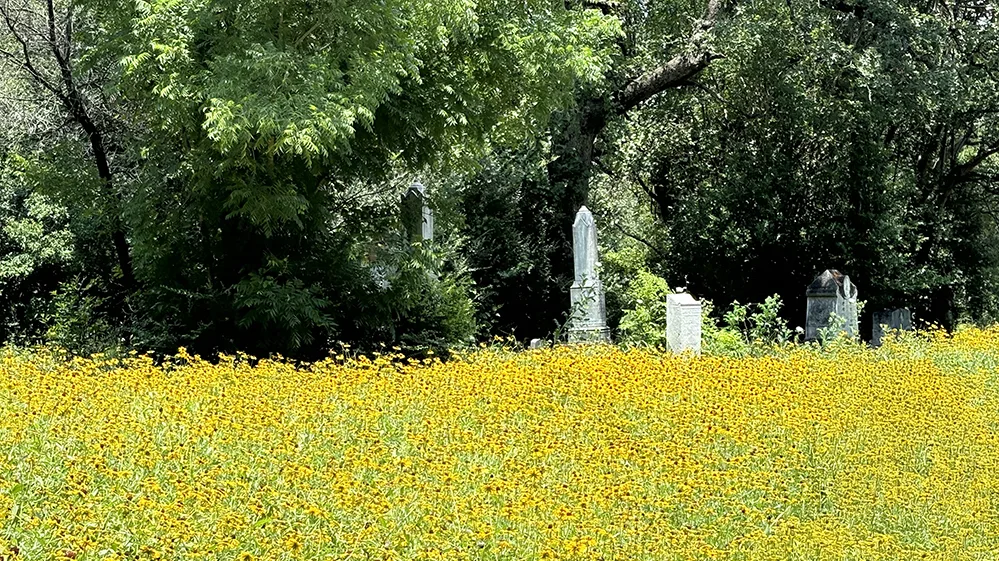
The heat island index of Dallas is one of the worst in the nation, and even though you have a lawn that you think mitigates heat, it does — but not like a [Texas] Blackland Prairie, which is a sink for heat,” she explained.
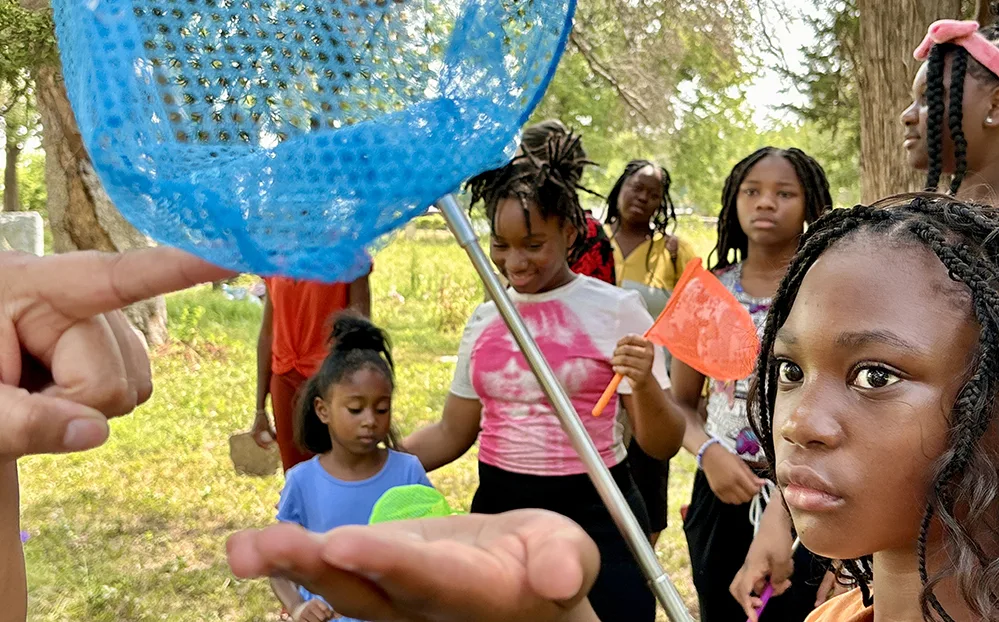
“Worse, if you just do the mow and blow, this does not support wildlife… Our goal is reconnecting humanity to nature in urban settings, one cemetery at a time.”
Additional benefits of rewilding a cemetery
There are other upsides to re wilding. For instance, it can be a way to prevent crime.
“Land that’s neglected, especially in urban settings, attracts criminal activities — from prostitution to drug trade,” Fineman said.
Additionally, a restored cemetery can serve as a place where the public can honor departed loved ones and connect with nature and one another.
For example, Oakland Cemetery has hosted a Day of the Dead celebration and a solar eclipse watch party. At W.W. Glover Cemetery, the Constellation of Living Memorials 4-H program, a partnership with Texas A&M AgriLife, teaches preschoolers and youth about the monarch butterfly’s life cycle and the importance of the native habitat there.
“It’s a win-win for us all, and the city will begin to value these places as significant to the cultural foundation of Dallas, reconnecting everyone to an authentic sense of place,” Fineman said.
Learn more about the Constellation of Living Memorials.





